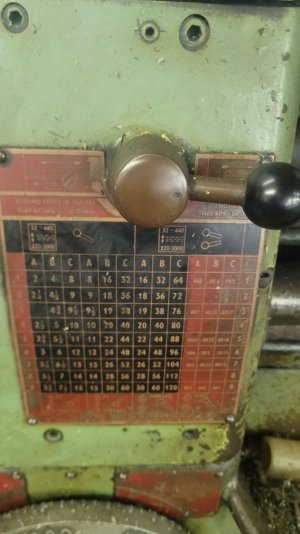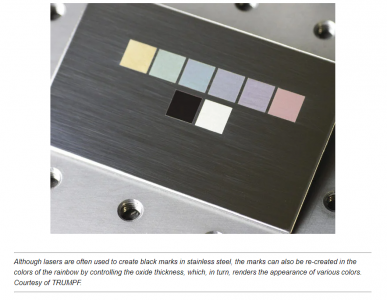- Joined
- Dec 3, 2014
- Messages
- 500
Okay, I want to try something very far out, selective anodizing a rating plates and gear selection tables and the like.
I have access to anodizing company via a business that regularly has parts anodized. I was thinking that I can get the parts anodized and take delivery of them within hours of the end of that process and then dye the plates myself with an electrolytic process combined with organic dyes.
The tricky part of attaining quality anodized layer of suitable thickness is left to the professionals, and I try the hard selective dying process the professionals may want too much to perform.
I'd use a minimum of three dye colours, and use multiple masking layers of laser cut green polyester plating film. Orange base layer overlaid with purple and black layers to bring out orange text with two different colour surrounds. Dying of aluminum anodization does not always follow typical colour rules... but normally of you overlay purple on orange you will get brown. If this is the case I'd just have a more complicated masking task that required careful registration of the layer masks.
and multiple masking and repeated dying steps.
The goal, to recreate something like this:

But on aluminum where all text is orange, the red changed to deep purple, and the black being black of course. I don't think I shall fail.
If I fail my fall back would be multiple coats of paint spray applied with similar masking techniques.
Yep, I'm aiming for a true showpiece lathe
I have access to anodizing company via a business that regularly has parts anodized. I was thinking that I can get the parts anodized and take delivery of them within hours of the end of that process and then dye the plates myself with an electrolytic process combined with organic dyes.
The tricky part of attaining quality anodized layer of suitable thickness is left to the professionals, and I try the hard selective dying process the professionals may want too much to perform.
I'd use a minimum of three dye colours, and use multiple masking layers of laser cut green polyester plating film. Orange base layer overlaid with purple and black layers to bring out orange text with two different colour surrounds. Dying of aluminum anodization does not always follow typical colour rules... but normally of you overlay purple on orange you will get brown. If this is the case I'd just have a more complicated masking task that required careful registration of the layer masks.
and multiple masking and repeated dying steps.
The goal, to recreate something like this:

But on aluminum where all text is orange, the red changed to deep purple, and the black being black of course. I don't think I shall fail.
If I fail my fall back would be multiple coats of paint spray applied with similar masking techniques.
Yep, I'm aiming for a true showpiece lathe

